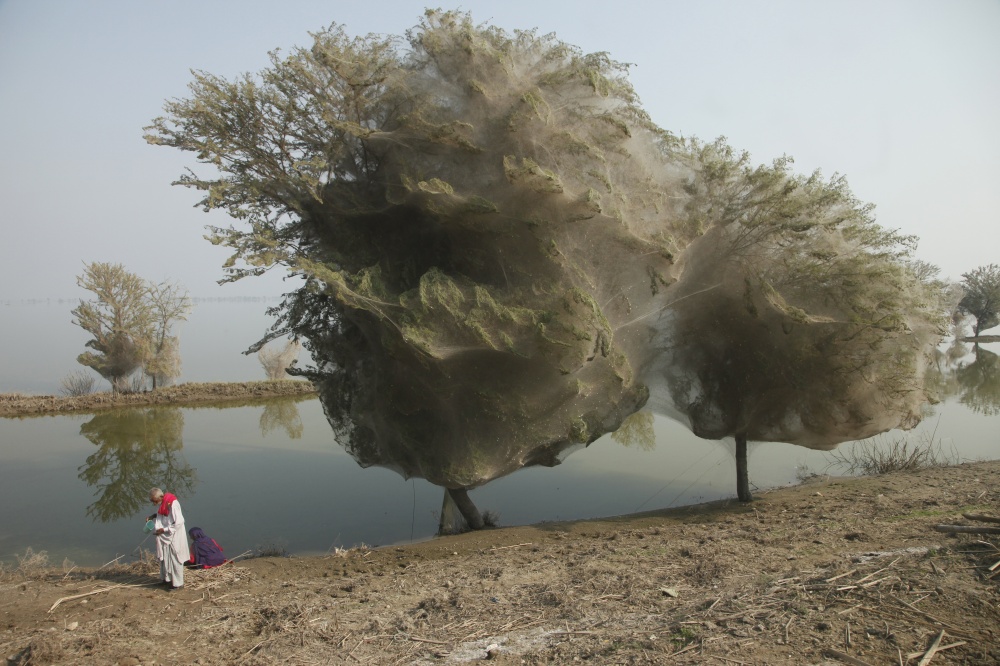
Nature loves to show its powers, and when it does, it’s often awe-inspiring. It reminds us again and again that despite our civilization’s achievements, we are only small beings, incapable of ever fully mastering the natural world around us.
Here are 15 shots of natural phenomena so beautiful that it can be difficult to believe they exist until you’ve seen them with your eyes.
Grüner See (The Green Lake)
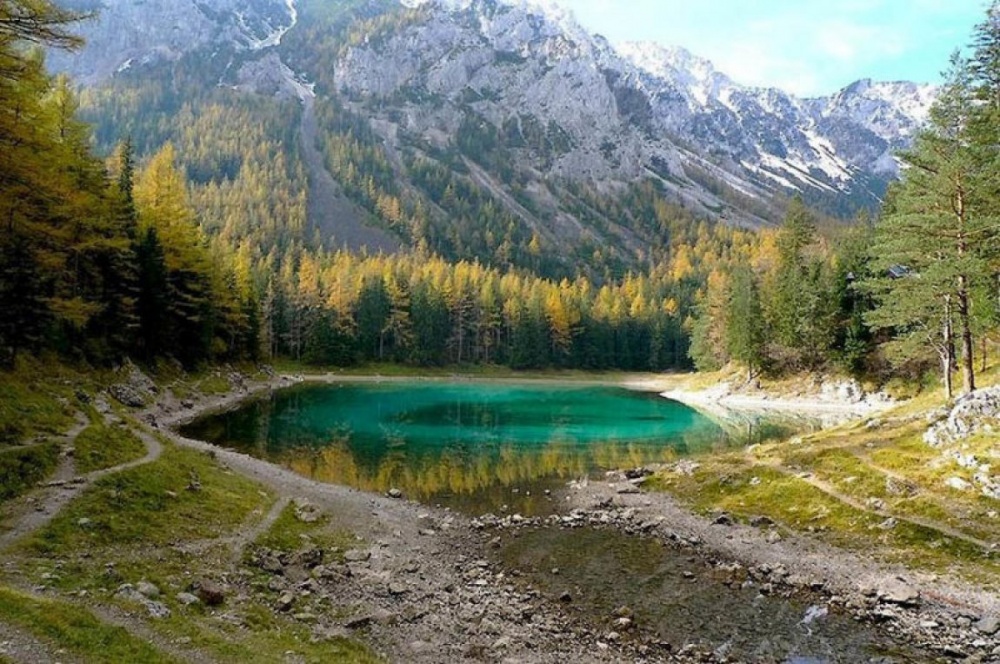
The Grüner See (or Green Lake) in Austria, with its incredibly clear emerald water, is constantly changing in size and depth. In winter it becomes merely a large puddle, with its floor barely 1-2 meters across and the surrounding area is used as a county park. It is a particular favorite site for hikers.
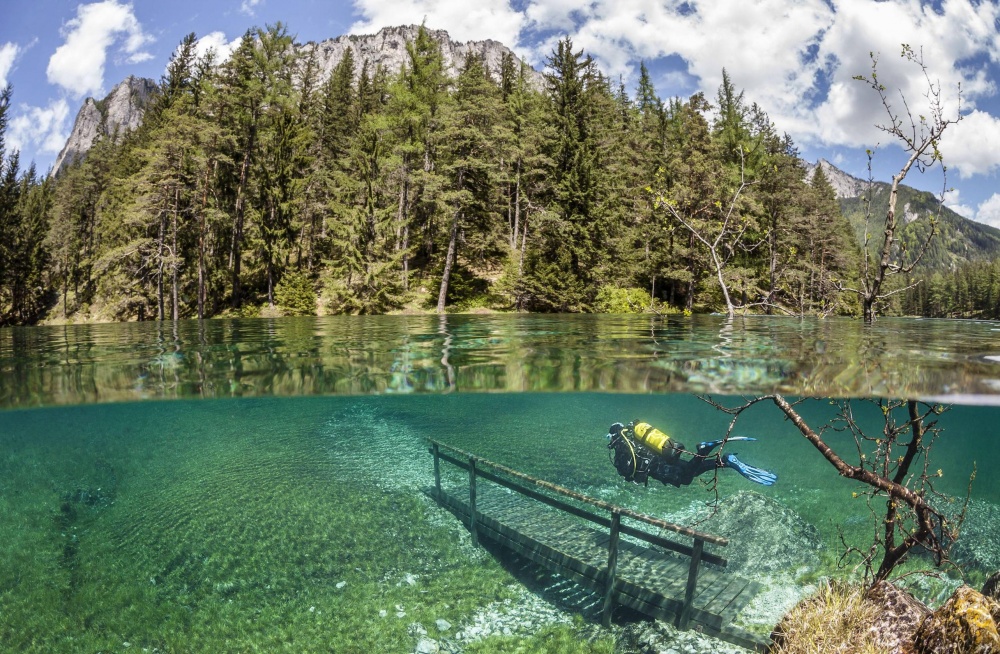
In summer, however, its depth reaches 12 meters, and part of the park around it — with its footpaths, bridges, and benches — resembles the lost world of Atlantis. It’s a fantastic place for divers. The lake is surrounded by the Hochschwab Mountains and forests.
The ’Giant Bear’ Shadow
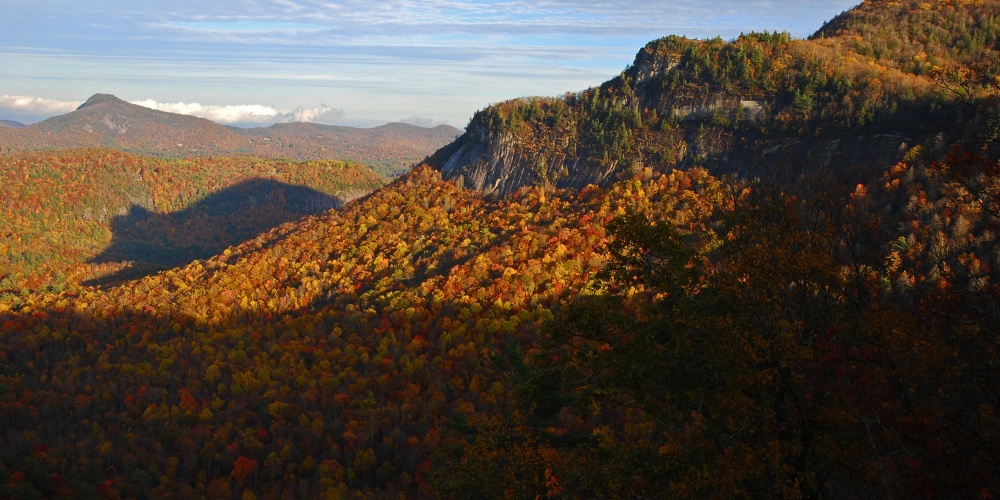
On clear sunny days for about three weeks each fall, the eagerly anticipated and somewhat mystical Shadow of the Bear emerges slowly from behind Whiteside Mountain in Western North Carolina. Beginning at about 5:30 p.m., a small shadow grows and morphs into various shapes, eventually appearing as a giant bear shadow across the treetops of the valley. The entire event takes about 30 minutes.
This phenomenon attracts visitors and residents alike, many hoping to capture a good photograph.
Cocoon Trees
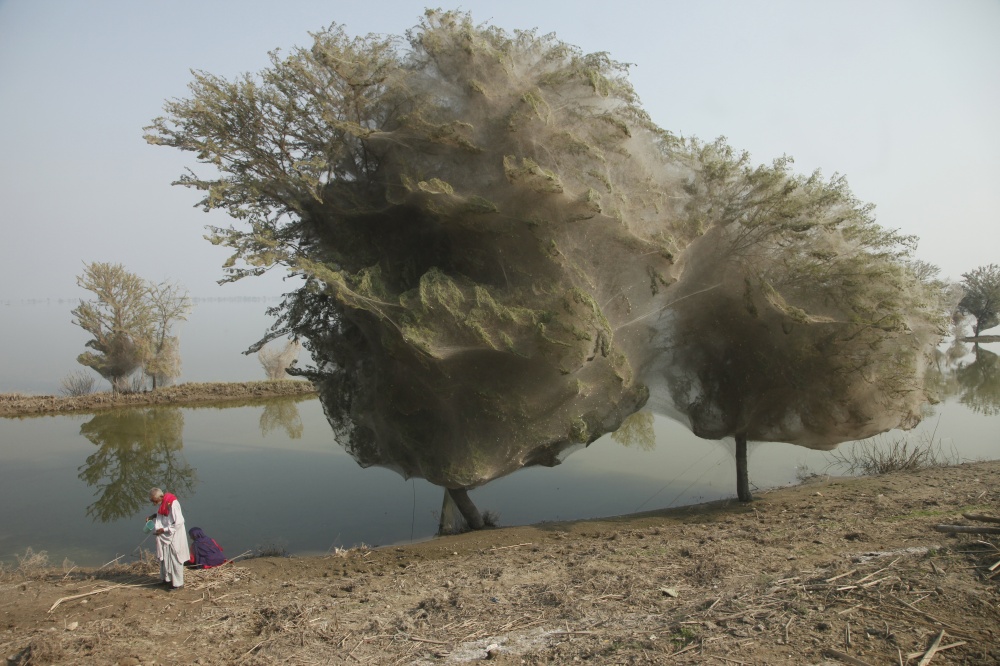
These fantastical cocoon trees appeared in Pakistan after the terrible flooding of 2010. Millions of spiders climbed into the trees to save themselves from the rising waters, braiding every inch of the foliage with their silky webs. Pictures of them traveled quickly over the Internet, with people calling the phenomenon incredible, bizarre, and even terrifying.
The Pink Lake
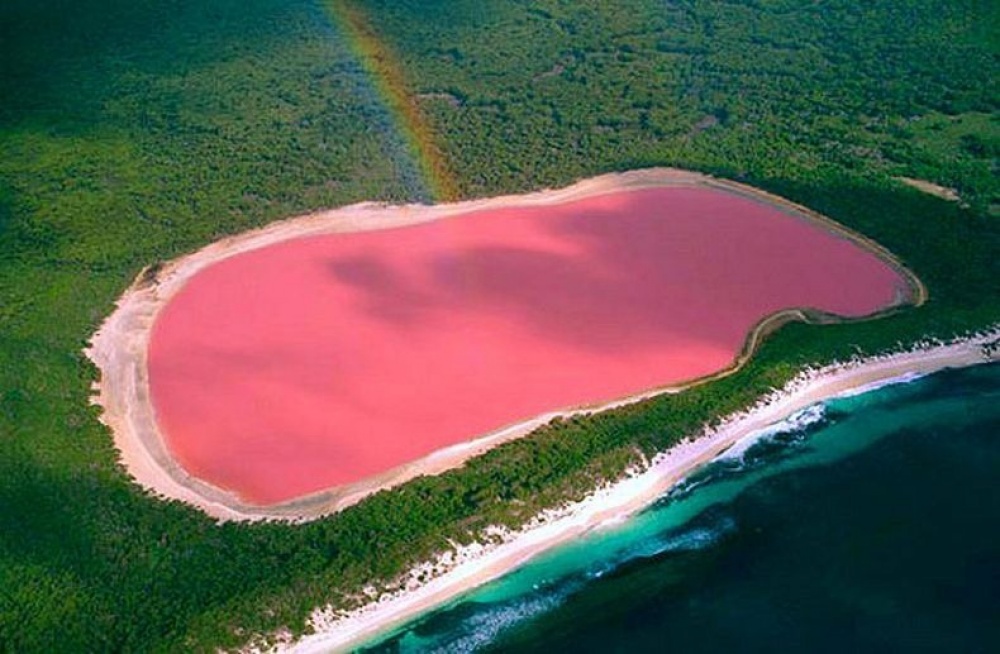
It’s perhaps one of the most impressive places on the planet. From a distance, Lake Hillier of Australia’s Recherche Archipelago looks like a swath of solid bubble-gum pink. Draw closer, and the color takes on a more watery, translucent quality, but remains unmistakably pink. It retains its pink color all year round regardless of temperature, and the water looks the same even when bottled. It’s believed the color is the product of micro-organisms living in the water.
Goats in Argan Trees
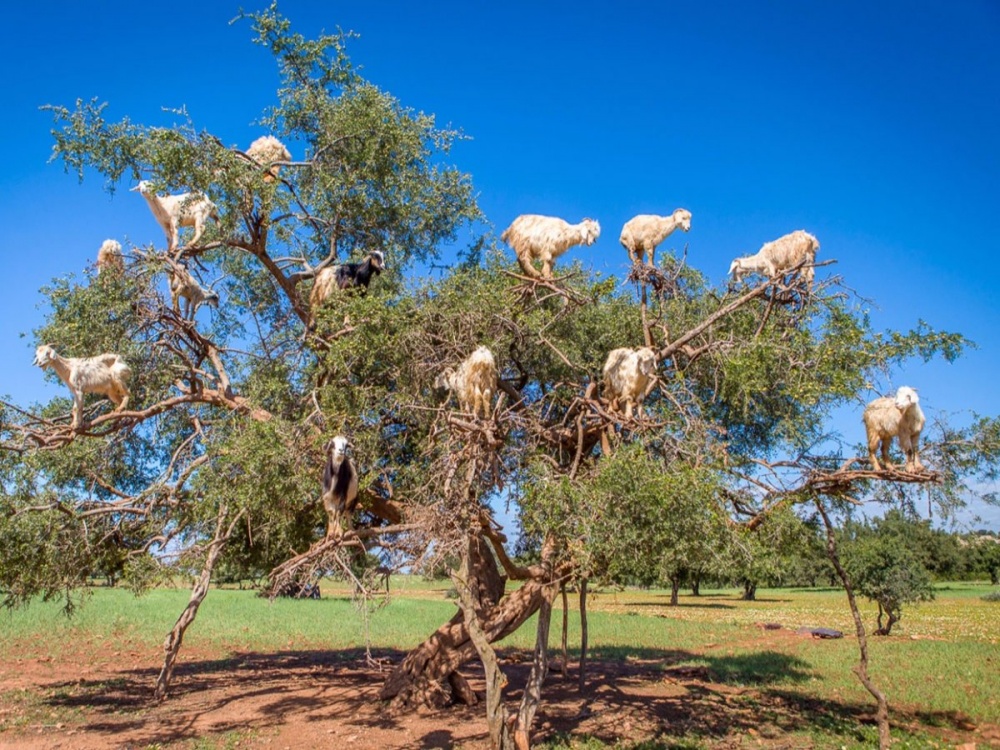
Nope, your eyes aren’t going bad. What you see here is indeed a tree full of goats. Pastures are the most ordinary thing you can see in the countryside of Morocco. It’s also perfectly normal to see whole herds of goats climbing the Argan trees that litter the fields, in order to feast on their fruit.
Argan trees grow to 8-10 meters high and live up to 150–200 years. They are thorny, with gnarled trunks, but the goats, which have been climbing these trees for centuries, have learned to adapt themselves to the task.
The Rainbow River
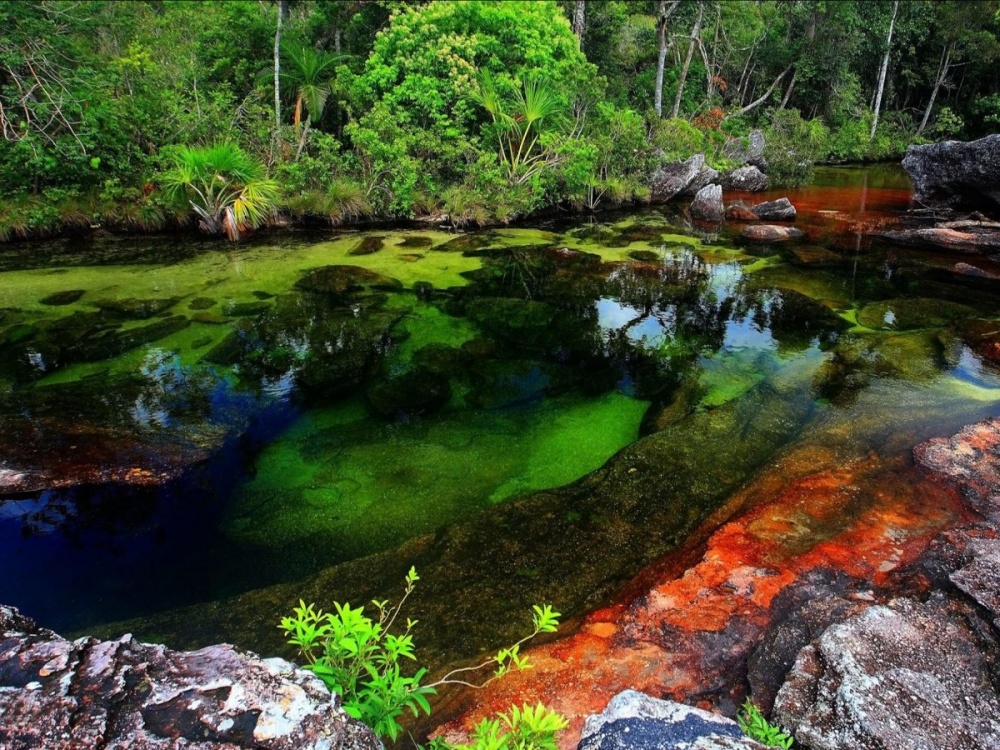
The Caño Cristales River in Colombia looks just like any other in the first half of the year. But then, between June and December, it takes on a wondrous multicolored hue. Various kinds of algae that are affected by the weather change color, turning shades of red, dark blue, yellow, orange and green. Locals refer to it as the River of the Five Colors. This sight never fails to impress the tourists.
Millions of Crabs Migrating to the Sea
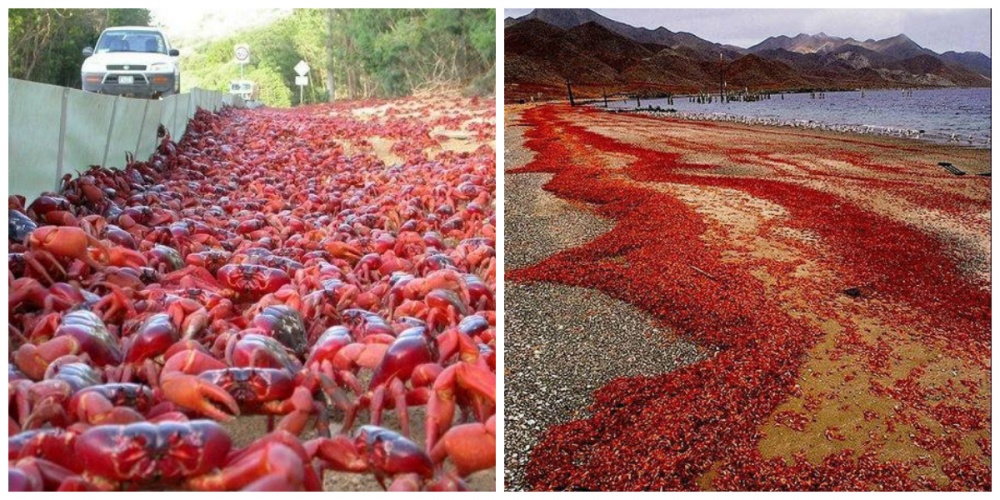
The Christmas Island red crab is a species of land crab that is endemic to Christmas Island and the Cocos Islands in the Indian Ocean. Every year, around 43 million land crabs move to the shore of the ocean in order to lay their eggs. The local authorities close the majority of the island’s roads for a week to allow them to make their journey.
Local park rangers work hard to ensure that the crabs can safely cross the island to the coast.
The Blue Volcano
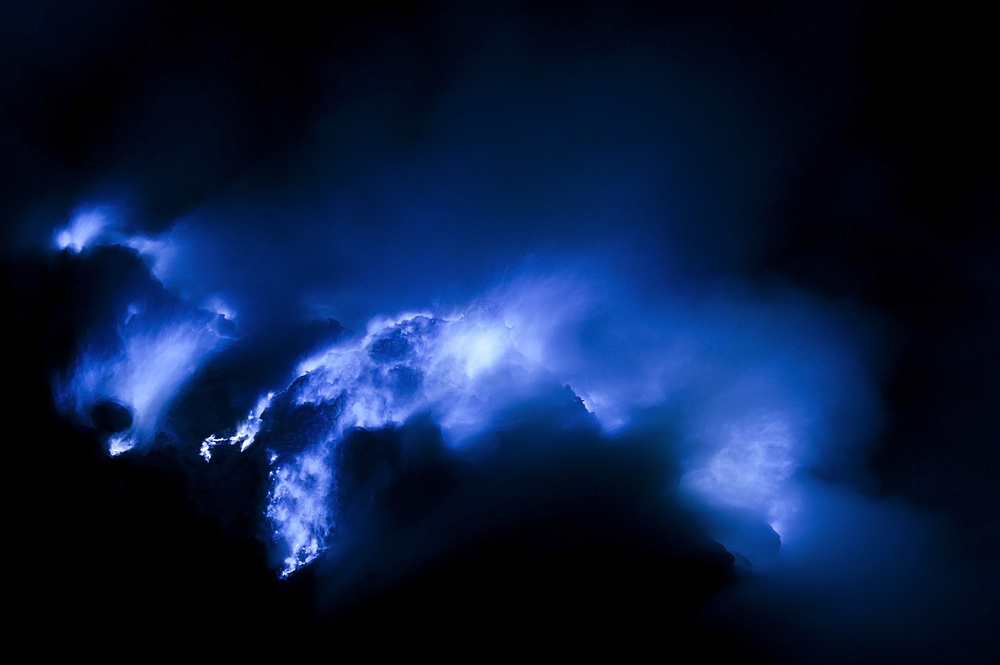
Indonesia’s Kawah Ijen Volcano, in the isle of Java, has the most unusual occurrence on Earth. It’s an active solfatara that emits hot, flammable sulfurous gasses. These ignite as they enter Earth’s oxygen-rich atmosphere and burn with an electric blue flame. Some of the gas condenses in the atmosphere to produce flows of molten sulfur that also burn with an electric blue flame. The flames are difficult to see during the day but illuminate the landscape at night.
The Moving Rocks of Death Valley
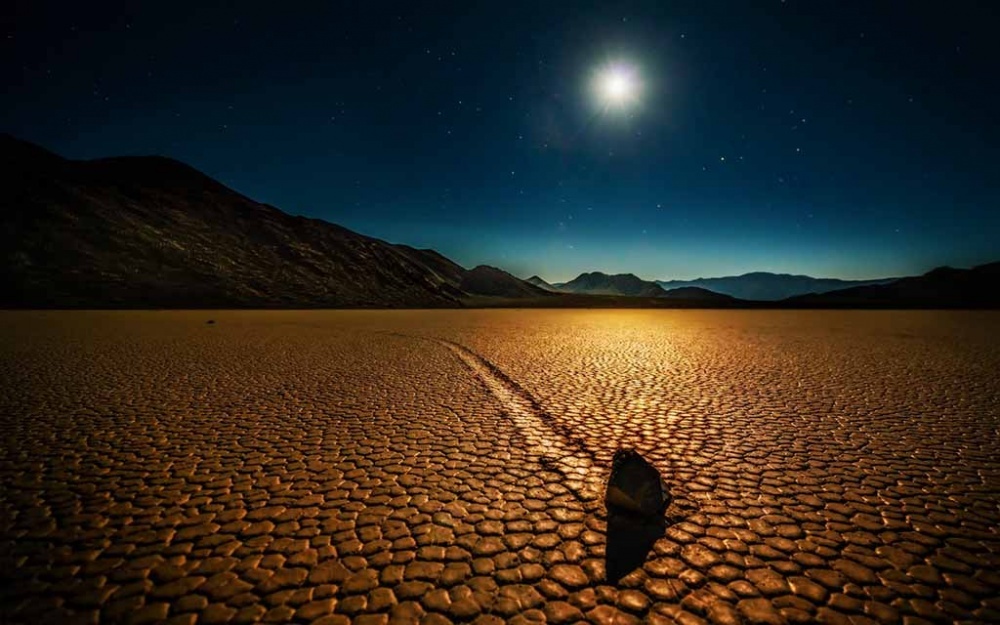
In one isolated valley in the USA, it’s possible to observe a truly unique geological phenomenon: fragments of rock moving across the smooth soil seemingly of their accord, leaving long traces on the ground behind them. Scientists have been studying the mysterious rocks since the 1970s. Some of them have developed one leading theory to explain what’s going on that hypothesizes that the vortices are forming over a nearby lake push the rocks along tiny pieces of ice that appear overnight.
The Waitomo Glowworm Caves
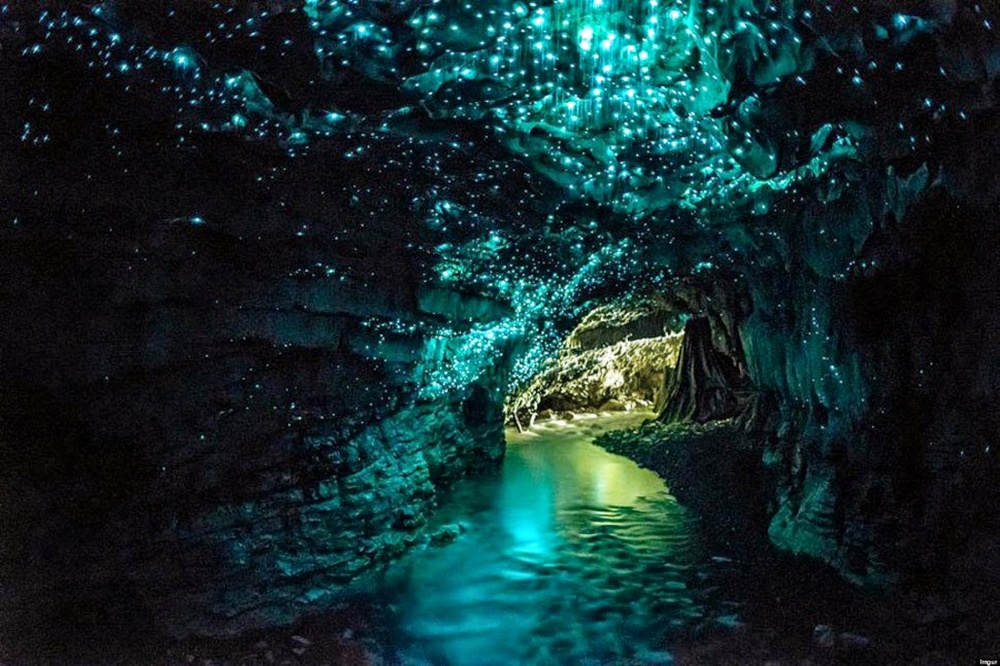
World-renowned and a magnet for both local and overseas visitors, the Waitomo Glowworm Caves occupy a high placing in the New Zealand vacation wish-list. The glowworm, Arachnocampa Luminosa, is unique to New Zealand. Thousands of these tiny creatures radiate their unmistakable luminescent light.
Just imagine: you’re sailing on a boat along a quiet underwater river, and the rock formations above you are studded with thick, turquoise-colored constellations of fireflies. The impression is such that you feel like you’re traveling through the depths of the cosmos.
Fire Rainbows
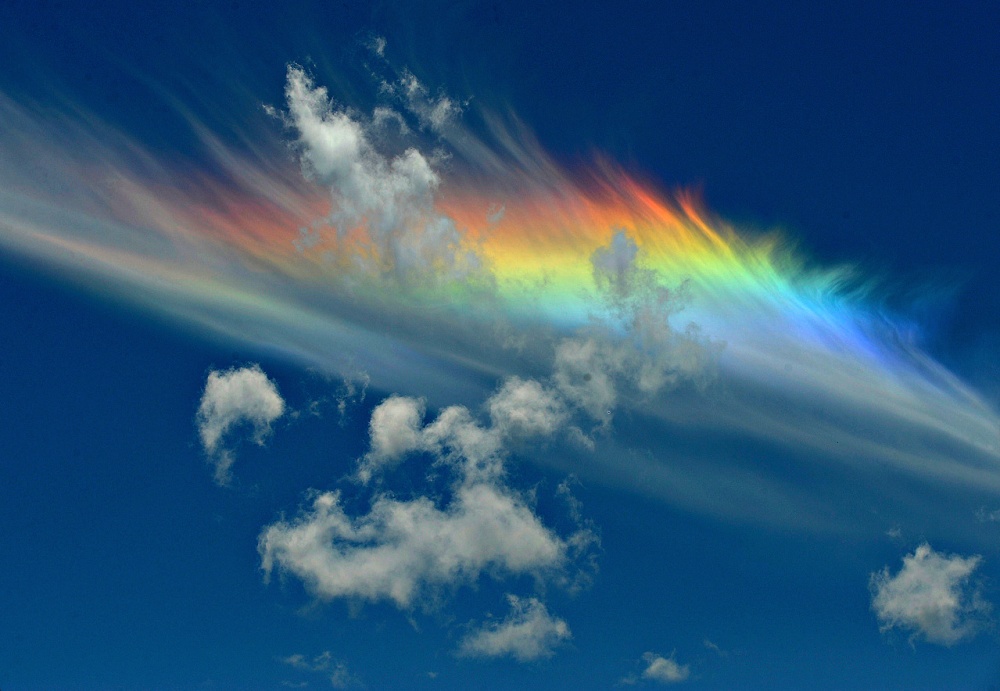
During the summer, if you’re very lucky, you may notice a cloud in the sky that looks just like a rainbow. These so-called “fire rainbows” are known as circum- horizontal arcs and can occur when the sun has risen higher than 58° in the sky. For those living at mid-latitudes, the best chance to see this phenomenon is in the middle of summer. The rarity of the event is highly dependent upon latitude and weather conditions.
Aside from the position of the sun, the other ingredient to forming circum- horizontal arcs is cirrus clouds.
The Martian Landscape of Namibia
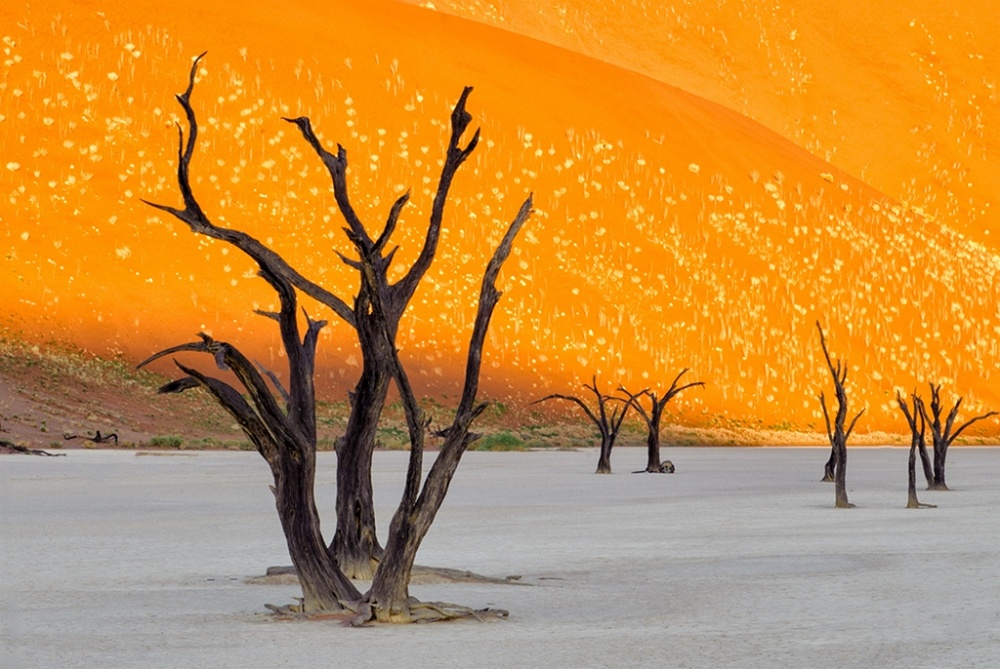
Of course, it isn’t the same as the landscape on Mars, but it’s very similar. Mummified acacia trees stand against a background of the tallest sand dunes in the world, strikingly beautiful with their bright orange color. The trees have been completely dried out by their environment. The skeletons of that trees are all that remain of the once fertile oasis. This outstanding place is truly a utopia for every photographer, novice, or professional.
Rotating Thunderstorms
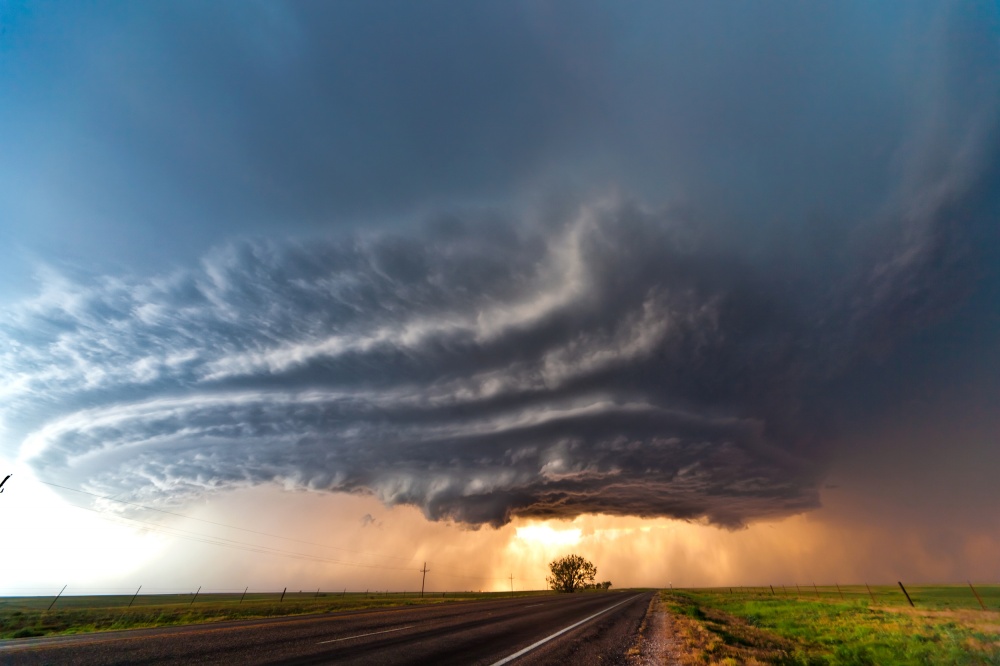
A rotating thunderstorm or ’supercell’ is a very rare, but extremely dangerous kind of storm that forms when cold, dry air encounters tropical warm air. They’re most widespread in the Great Plains of the USA, in the so-called Tornado Valley. Provided you’re at a safe distance; they’re an incredible sight.
Giant Ice Caves
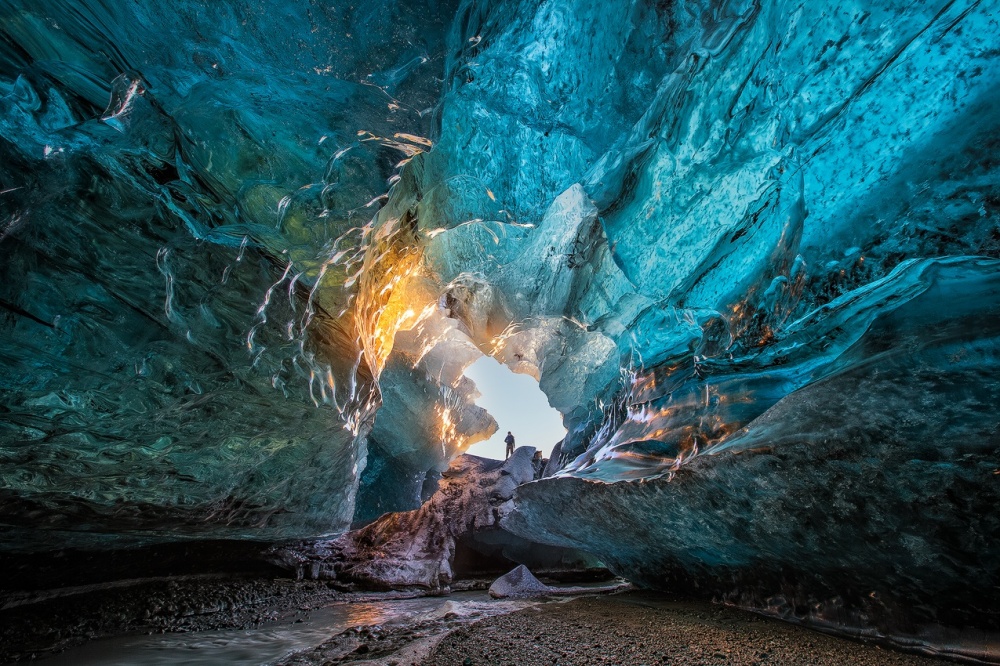
Sometimes called Crystal Caves, the ice caves in Icelandic glaciers are a truly mesmerizing wonder of nature. These amazing Ice Caves in Iceland are a result of many years of natural activity. The walls of the caves become thinner when the temperature increases and the sunlight turn them the color of precious stones. The beauty of this place is just astounding.
A ’Ghost Rainbow’ in Scotland

This magical-looking halo is called a ’fogbow.’ It’s like a rainbow, but here no raindrops are being reflected by the sunlight. Instead, the fogbow is the result of water droplets becoming suspended in the fog. As the droplets here are much smaller than raindrops, the colors are faded. It’s an amazing thing to witness and can only be seen if the sun is behind you when you are looking at it. Nevertheless, this ’ghost rainbow’ is a truly awe-inspiring sight!


